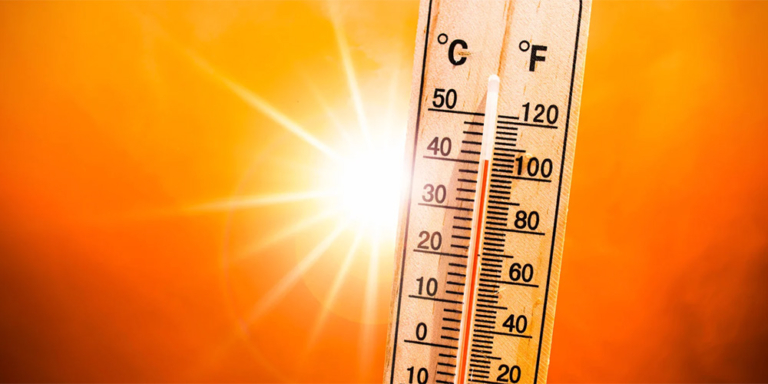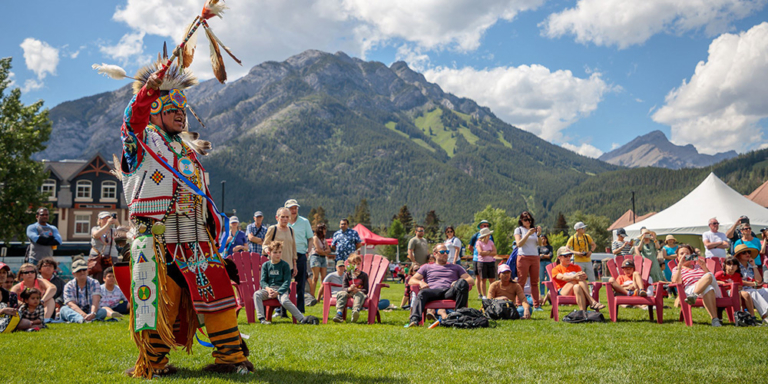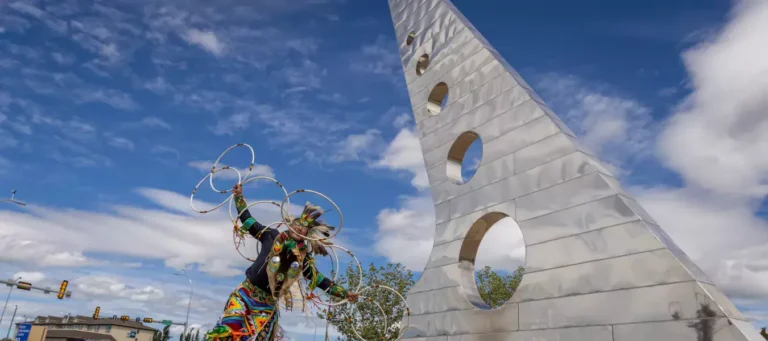Premier Danielle Smith has an ambitious vision for Alberta to become a central hub for carbon capture and underground storage (CCUS).
In a recent interview with The Tyee, Danielle Smith suggested that the best way for Canada to reduce its carbon emissions is to pipe all that heat-trapping pollution to Alberta for underground storage.
And this isn’t the first time she’s promoted the idea.
At the COP28 conference in Dubai in December, she said:
“We have mapped out our entire basin for doing carbon sequestration, which should allow us to store up to or more than 100 billion tonnes of emissions [in Alberta]…Keep in mind we only produce 256 million tonnes of emissions a year [in Alberta], so we have ample room to be able to sequester all of our emissions, all of Canada’s emissions and more for many decades to come.”
However, Alberta First Nations, whose lands would be affected, have concerns about the impacts of transporting and storing that much pollution.
Carbon Capture and Storage can cause serious environmental and health problems.
Although the idea has been around for years, there aren’t many carbon dioxide storage and transport projects operating in the real world.
Those that do exist have had leakage problems.
One relatively new pipeline ruptured less than half a mile from the little village of Satartia, Mississippi. The CO2 pipeline blew up without warning near a populated area, forcing hundreds to evacuate and putting dozens of people in the hospital.
“As the carbon dioxide moved through the rural community, more than 200 people evacuated, and at least 45 people were hospitalized. Cars stopped working, hobbling emergency response. People lay on the ground, shaking and unable to breathe. First responders didn’t know what was going on. “It looked like you were going through the zombie apocalypse,” says Jack Willingham, emergency director for Yazoo County. “ | NPR
Support From Big Oil
Since CCUS would allow oil companies to increase production, Smith has support from Big Oil in the form of Pathways Alliance.
Pathways Alliance (PA) is a collaboration between mostly foreigner-owned Oil Giants, Canadian Natural Resources, Cenovus, ConocoPhillips Canada, Imperial Oil, Meg Energy and Suncor.
These are the big six oil sand players. The percentage of foreign ownership varies between approximately 55 percent for Canadian Natural Resources and 97 percent for Conoco Phillips.
Together, they made a profit of $10.9 billion in 2022.
Yet, these companies are asking the provincial and federal governments for HUGE handouts to subsidize a carbon capture project estimated to cost over $16 Billion.
They propose to capture carbon dioxide from 13 oil sands facilities, transport it in a carbon pipeline stretching 400 kilometres from the oilsands in northern Alberta and inject it into an underground storage hub in the Cold Lake region (northeast of Edmonton).
To transport CO2, the gas is converted into a liquid by putting it under high pressure. Because the CO2 needs to be kept under super high-pressure, if and when failures happen in the pipeline, it all comes rushing out in this great blast.
This proposal hopes to store up to 12 million tonnes of carbon annually by 2030, significantly reducing the oilsands’ carbon footprint, which is somewhere between 12 and 17 percent of the oilsands’ annual emissions.
However, the plan has met with skepticism and concern, particularly from seven First Nations communities in Alberta.
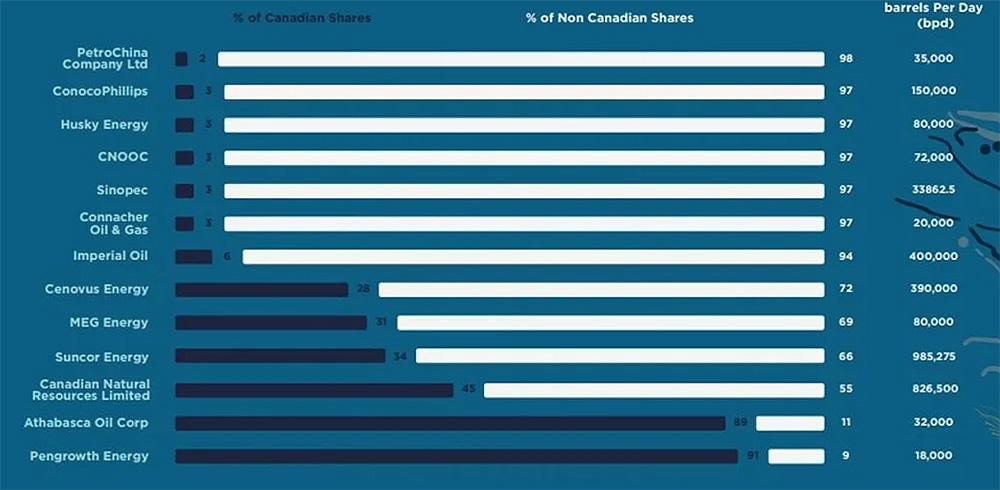

Concerns From First Nations
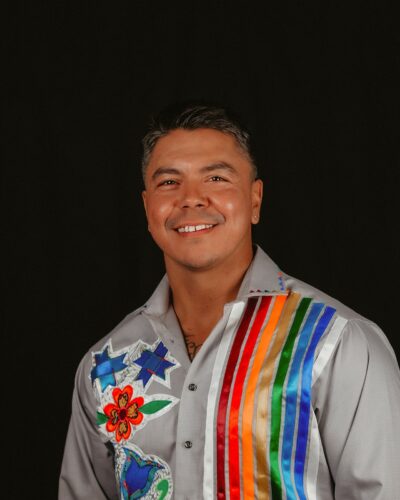

The affected First Nations, part of the Treaty 6 working group, have expressed apprehensions about the potential human and environmental impacts of an unproven underground carbon transport and storage proposal on their traditional lands.
CBC quoted Councilor Michael Lameman of Beaver Lake Cree Nation as stating, “We don’t know how pumping carbon underground will affect our lakes, our rivers — even our underground reservoirs.”
“The Pathways Alliance has not provided our First Nations with any reports or data assessing the potential risks associated with the storage of carbon adjacent to and beneath our reserve lands,” said a letter sent from the First Nations to the Alliance in October of 2023.
Obviously, the First Nations’ concerns stem from a need for more detailed information and consultation from industry, including Pathways Alliance, regarding the safety and environmental implications of the CCUS projects.
The First Nations’ quest for transparency and involvement in decisions highlights a broader issue of Indigenous rights and environmental stewardship in the face of large-scale industrial projects.
Magical Thinking?
Many critics of Smith’s carbon capture vision have argued about the practicality and safety of capturing and storing carbon at the scale proposed.


The International Energy Agency (IEA) said in a November 2023 report that while CCUS can work at small to moderate scales, we must “let go of the illusion” that “implausibly large” amounts of carbon capture are feasible:
“If oil and natural gas consumption were to continue as projected under today’s policy settings, this would require an inconceivable 32 billion tonnes of carbon captured for utilization or storage by 2050.”
Vaclav Smil, an environmental scientist with the University of Manitoba, calls large-scale CCUS “magical thinking.”
According to Smil:
“In the US alone, it would necessitate the creation of an entirely new gas capture-transportation and storage industry that every year would have to handle 1.3 to 2.4 times the volume of current US crude oil production, an industry that took more than 160 years and trillions of dollars to build.”
Even some prominent industry leaders think it’s a fantasy.
Andrew Forrest, Chairman and Founder of Fortescue Metals Group, a major Australian iron ore producer, recently told the IEA conference in Paris:
“We’re going to keep burning fossil fuels and somehow magically get rid of the carbon down into the ground where there is no proof that it will stay there, but heaps of proof that it fails…”I say for policymakers everywhere do not be the next idiot waiting for the old lie to be trotted out and say I believe in carbon sequestration. It has only failed for 75 years…It’s a complete falsehood.”
However, Pathways Alliance insists that the technology is safe and proven to work, as seen in their promotional video below.
Who Do We Trust?
The Alberta government’s ambitious CCUS plans, backed by federal investment and oil industry enthusiasm hinges not only on overcoming the fantastical technological and logistical hurdles but also on ensuring a transparent, inclusive process that addresses the environmental and cultural concerns of First Nations communities.
The latter is something the Alberta government does not have a history of doing well.
Before we become the dumping ground for billions of tonnes of industrial pollution, Albertans have a few questions:
- How many times do we need to be reminded that underground storage of pollution (e.g. toxic waste, tailings, garbage, nuclear waste) always leaks and harms nearby communities?
- And even if we can safely manage huge pipeline networks and underground storage of carbon, can we trust oil companies to keep broader public interests in mind?
- Given their poor track record with preventing pipeline spills and keeping impacted communities informed, can we trust the Alberta Energy Regulator to keep the public’s best interests top of mind when approving and regulating projects?
Renato Gandia, representing the Alberta Energy Regulator, told CBC News that the regulator’s reviews of CCUS projects will be limited to examining facilities involved in carbon capture, the pipelines used for its transport, and the injection wells. The agency will not evaluate the substances injected or their behaviour post-injection.
Say what?
Understandingly, our First Nations are questioning the safety of CCUS.
Shouldn’t all Albertans do the same?



